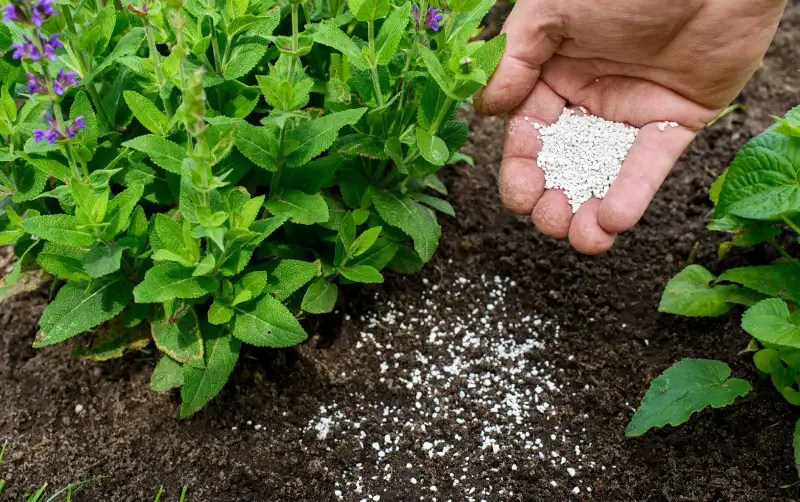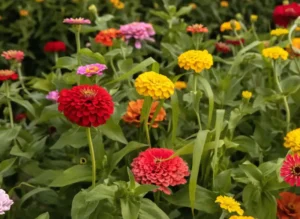A lush, colorful flower garden doesn’t happen by accident—it’s the result of proper care, the right growing conditions, and most importantly, good nutrition. Fertilizing your garden correctly can mean the difference between flowers that merely survive and those that thrive with vibrant blooms and healthy foliage.
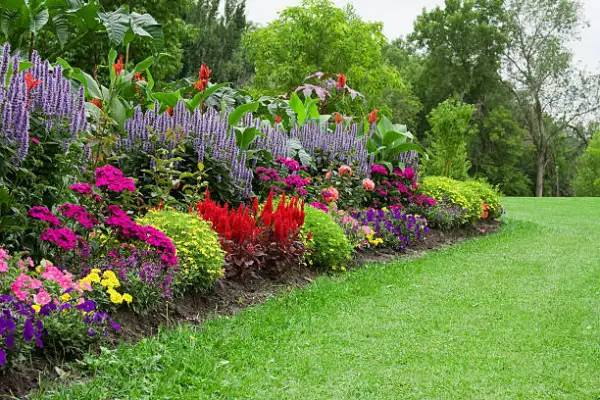
But here’s the big question many gardeners face: How often should you fertilize your flower garden?
The answer depends on several factors—your soil, plant type, fertilizer choice, and even the season. In this guide, we’ll break it all down so you can create a feeding schedule that keeps your garden looking spectacular all year.
🌱 Why Fertilizing Matters for Flowers
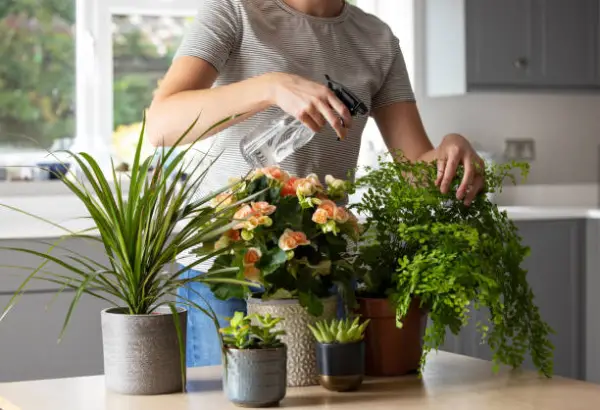
Fertilizers provide essential nutrients—nitrogen (N), phosphorus (P), and potassium (K)—along with trace minerals your flowers need for:
- Strong root development (thanks to phosphorus)
- Healthy leaf growth (nitrogen plays a big role here)
- Abundant blooms (potassium promotes flowering and overall plant health)
- Resistance to pests and diseases
If your flowers aren’t getting enough nutrients from the soil, you might notice:
- Fewer blooms
- Pale, yellowing leaves
- Stunted growth
- Weak stems
This is why regular feeding is important, especially in nutrient-depleted or sandy soils.
🕒 How Often Should You Fertilize?
1. Annual Flowers
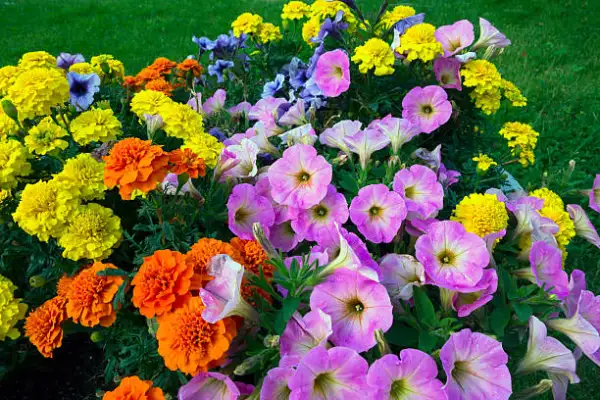
- Examples: Petunias, marigolds, zinnias, impatiens.
- Frequency: Every 2–4 weeks during the growing season.
- Annuals grow fast and bloom continuously, so they use up nutrients quickly. A balanced water-soluble fertilizer works best.
Pro Tip: For heavy bloomers like petunias, consider a weekly feeding at half strength.
2. Perennial Flowers
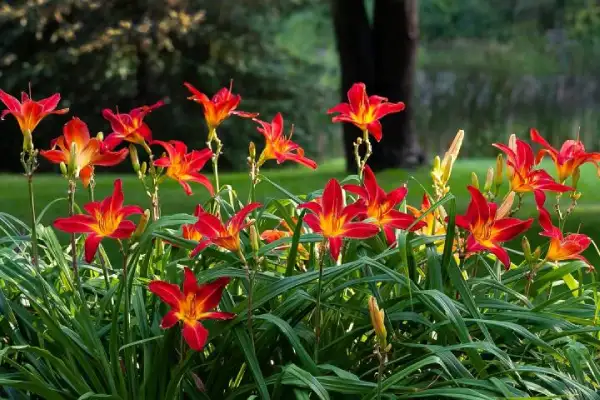
- Examples: Daylilies, coneflowers, peonies, hostas.
- Frequency: 1–3 times per growing season.
- Fertilize in early spring when new growth appears, again after the first flush of blooms, and once more in mid-to-late summer if needed.
3. Bulb Flowers
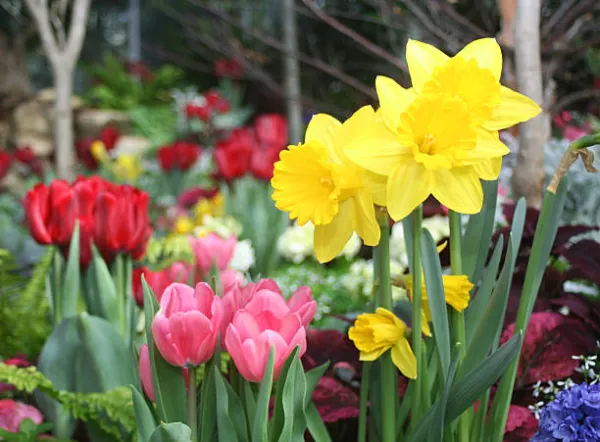
- Examples: Tulips, daffodils, lilies.
- Frequency: Twice a year—once when planting and once after blooming.
- Bulbs need nutrients for root growth and to store energy for the next season.
4. Container Flowers

- Examples: Hanging baskets, potted geraniums, balcony planters.
- Frequency: Every 1–2 weeks.
- Container plants lose nutrients faster because water drains away, taking minerals with it. Use a liquid fertilizer for quick absorption.
🧪 Choosing the Right Fertilizer
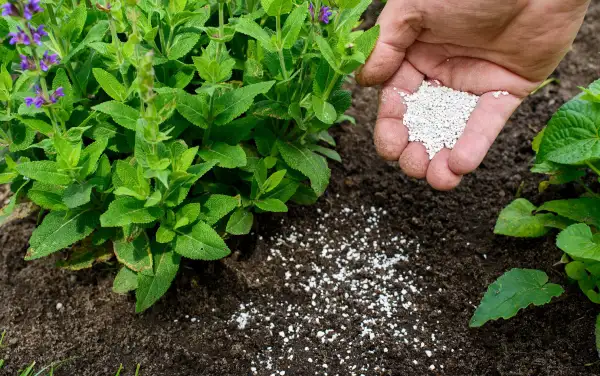
- Balanced Fertilizer (10-10-10 or 20-20-20): Great for general use.
- Bloom Booster (higher P, like 10-30-20): Encourages more flowers.
- Organic Options: Compost tea, fish emulsion, bone meal for slow, steady feeding.
Tip: If you’re unsure, start with a balanced fertilizer and adjust based on plant response.
🛑 Signs You’re Overfertilizing
Feeding too often can harm plants. Watch out for:
- Burned leaf edges
- Excessive leafy growth but few flowers
- Salt buildup in soil
- Stunted or weak plants
When in doubt, less is more—you can always add nutrients, but you can’t take them back.
🌸 Seasonal Fertilizing Schedule
| Season | What to Do |
| Early Spring | Feed perennials, shrubs, and early annuals. Use slow-release or granular fertilizer. |
| Mid-Spring to Summer | Feed annuals and container plants every 2–4 weeks. Switch to bloom-boosting formulas during peak flowering. |
| Late Summer | Light feeding for perennials and annuals that will bloom into fall. Avoid high-nitrogen fertilizers late in the season. |
| Fall | Fertilize bulbs after blooming. Apply compost to prepare soil for winter. |
✅ Final Tips for Fertilizing Success
- Always water your plants before applying fertilizer to avoid root burn.
- Follow the instructions on the label—more is not better.
- Alternate between organic and synthetic fertilizers for balanced soil health.
- Use mulch to help retain soil moisture and slow nutrient loss.
Bottom Line:
Most flower gardens benefit from regular feeding during the growing season—every 2–4 weeks for annuals and containers, and 1–3 times per season for perennials. Adjust your schedule based on plant type, soil quality, and the look of your blooms, and you’ll enjoy a colorful, thriving garden all year long.


